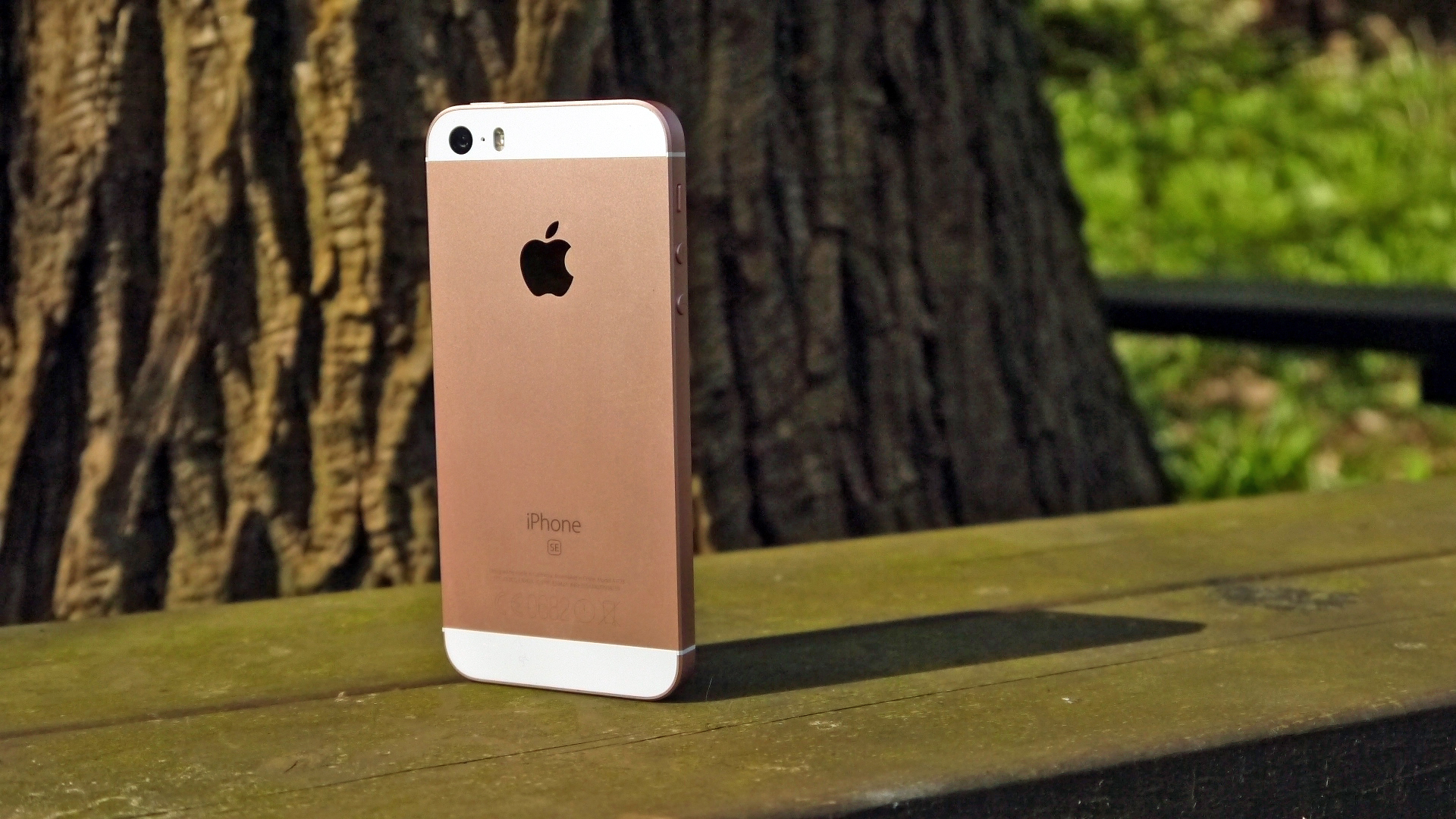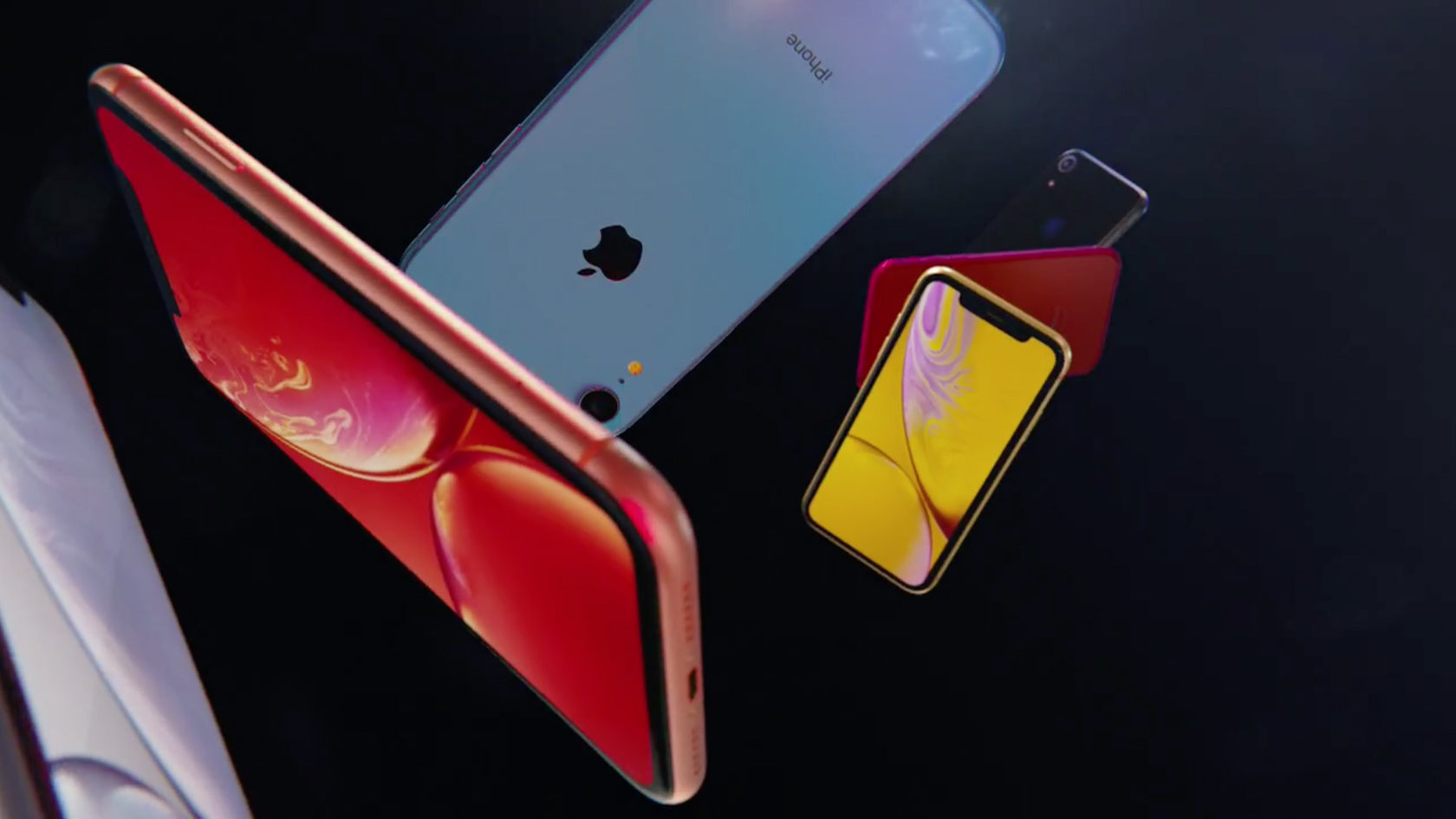An iPhone SE 2 won't help stop Apple's iPhone decline
Services, refurbishments and discounted older generations

Apple's iPhone revenue has declined for another quarter according to the company's latest earnings, and it means income is being dented.
It's no surprise - a slow performance in China amid a worldwide slowdown in the smartphone market is making things incredibly challenging for Apple at a time when spending on a new handset is being considered more carefully than ever before.
People are holding onto their smartphones for longer because they're still performing - they weren't cheap when purchased a couple of years ago, and the high-end features then are still performing now.
It means Tim Cook and co. will likely be scratching their heads, wondering how to turn the tide. Could the answer be the much-rumored, fan-backed iPhone SE 2?
Cook noted in his earning call to the media on April 30 that revenue decline eased a little towards the end of the quarter thanks to price cuts to the iPhone in some markets - an iPhone XR price cut in China saw sales increase by 20 million - but it still witnessed a major sales shortfall in the region.
So could new, cheaper handsets be the answer in getting Apple's handset business back on track?
Apple has refused to step below the premium tier in the smartphone market to date, and while the iPhone XR is more affordable than the iPhone XS and iPhone XS Max, it still carries a hefty price tag which keeps it out of reach for many.
Get daily insight, inspiration and deals in your inbox
Sign up for breaking news, reviews, opinion, top tech deals, and more.
However, before you get all giddy about the prospect of a new mid-range and compact iPhone SE 2, realize it's highly unlikely to ever happen.

There's an image to uphold
Apple has built its reputation on producing premium products, and it's what gives consumers the confidence to buy as they know they'll be getting a high-end device.
IDC's Associate Vice President for Devices, Francisco Jeronimo told us "launching a mid-range handset [such as an iPhone SE 2] would be good for short-term interest, but it won't help the brand in the long term as the image of Apple is premium...it's much better to sell discounted older and refurbished devices as it keeps Apple's band at the high level."
Apple is one of the very few manufacturers that can make refurbished devices part of a successful business model, as iPhones generally hold their value well thanks to their exclusively high-end existence.
That's why Apple offers its trade-in service, something Jeronimo believes it'll continue to push heavily, as it not only provides a way for customers to upgrade to the latest phone sooner by cutting down on the new device's upfront cost, but also allows Apple to make a second margin on an older phone by repairing and then reselling it.
The key thing to spur a new smartphone purchase is either an old model not working as well, or the latest device being so appealing that not upgrading becomes impossible.
As the former point is happening less, and the latter increasingly hard to offer from all the top brands, it's a tough inflection point for Apple.

So to offset this, whenever Apple launches a new iPhone series, it cuts the price of the previous generation, moving the handsets towards a more mid-range price point, rather than producing dedicated devices for the price point which would have to, in some way, compromise on Apple's premium aesthetic.
This way, even if you opt to buy a 'cheaper' iPhone, you'll still be getting a handset which was once at the top of the pile.
Apple still sells the iPhone 7 and 7 Plus - launched as flagships in 2016 - through its website, and at less than half the cost of the new iPhone XS and XS Max, they provide a clear entry to point to the ecosystem for those on tighter budgets.
Trade-in is offered across all the iPhones it currently sells, allowing you to reduce the cost of the cheaper, older handsets too.
The 5G and services solution
As for where Apple goes from here, Jeronimo told TechRadar that he sees short and long term ways the firm will look to revert the slump back into growth, without launching a specifically mid-range handset.
Part of the short-term action, he posits, is the trade-in service Apple offers, but it's what's available on your iPhone which is where a lot of money can be made quickly.
That's why the brand even held a standalone event for the first time in its history earlier this year for new Services, to unveil products that weren't hardware, in the shape of Apple News Plus, Apple TV Plus and Apple Arcade.
Revenue from Services is now almost 50% of the revenue of the iPhone business, showing huge growth thanks to the likes of Apple Music, Apple Pay, the App Store and the new additions will only bolster this further.
By getting more and more iPhone users to sign up to these services, Apple won't need to worry as much about pushing consumers to upgrade to the latest iPhone, as they'll be able to make significant revenue from these services no matter the model in a person's hand.

Looking longer term, and it's 5G which could be another big revenue driver for iPhone, as Jeronimo explains.
"5G will have an impact on providing an incentive to replace your phone, but it won't happen this year, as it will cost quite a lot and the [network] coverage won't be that high.
This is something that Cook alluded to strongly in the recent earnings call, where - when questioned about adding 5G to the iPhone - he mentioned the high cost of components, and only when the price point Apple desired could be reached would they consider adding new technology.
"5G will have a strong impact [on the upgrade market] when consumers who purchased iPhones in 2018/2019/2020 are ready to upgrade [to a 5G phone] in 3-5 years time," added Jeronimo.
With rumors suggesting we won't get a 5G iPhone until 2020 or 2021 at the earliest, there's no short-term gain for Apple from the fifth generation network, but at least by the time a 5G iPhone does emerge the networks will be more mature and the services offered more robust, meaning the Cupertino brand is likely holding out until the improved connection offers some real, material benefits.
Whether the mix of trade-in upgrades, refurbs and a buffet of services will be able to recover Apple's lost revenue remains to be seen, it'll take a few years for the true impact of these models to be fully realized, but for now Apple fans should mourn the iPhone SE 2: the affordable, compact and modern iPhone that never was.

TechRadar's former Global Managing Editor, John has been a technology journalist for more than a decade, and over the years has built up a vast knowledge of the tech industry. He’s interviewed CEOs from some of the world’s biggest tech firms, visited their HQs, and appeared on live TV and radio, including Sky News, BBC News, BBC World News, Al Jazeera, LBC, and BBC Radio 4.